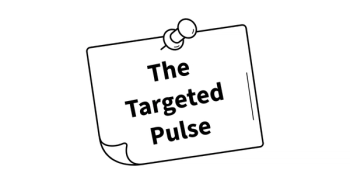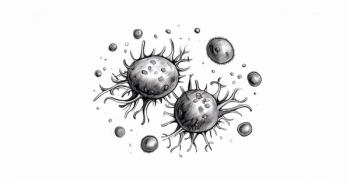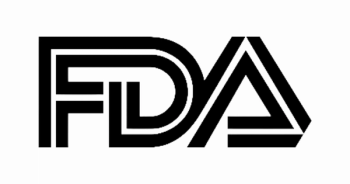
Sasanlimab in NMIBC: Potential Impact for Community Oncologists
Neal Shore, MD, FACS, discusses sasanlimab and its potential impact for community oncologists when treating patients with high-risk non–muscle invasive bladder cancer.
Neal Shore, MD, FACS, medical director of the Carolina Urologic Research Center, discusses sasanlimab (PF-06801591) and its potential impact for community oncologists when treating patients with high-risk non–muscle invasive bladder cancer (NMIBC).
According to Shore, Sasanlimab is given subcutaneously and could be impactful for community medical oncologists and urologists as it allows for potentially faster patient throughput.
“For community oncologists, it is another opportunity to work closely and collaboratively with their uro-oncology colleagues, who may depend on them due to their earlier and ongoing experience with immune checkpoint inhibitors,” explains Shore. “There are many indications for PD-(L)1 blockers across a multitude of tumor types — beyond just GU oncology — that community oncologists are already very comfortable with, including lung cancer, melanoma, and others.”
The combination of sasanlimab and Bacillus Calmette-Guérin (BCG) was evaluated in high-risk NMIBC within the phase 3 CREST trial (NCT04165317). The study showed a clinically meaningful and statistically significant improvement for induction and maintenance with the combination over BCG alone by investigator assessment.
“In addition to that, there are strategies in metastatic bladder cancer, adjuvant bladder cancer, kidney cancer, and tumor-agnostic indications like MSI-high and TMB-high, where a small percentage of patients with mCRPC may also benefit,” adds Shore.
He concludes that for the medical oncology community, sasanlimab represents a new and exciting opportunity.
“Medical oncologists aren’t usually involved in the early management of newly diagnosed high-risk NMIBC patients who are BCG-naïve. Even in those who are BCG-unresponsive, very few medical oncologists see those patients,” Shore adds.










































